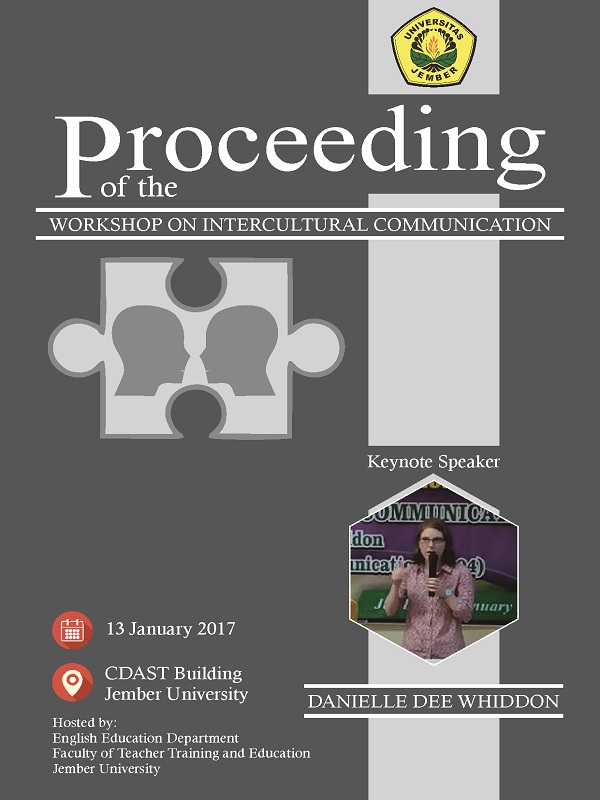Motivating EFL Students by Using Tangible Reinforcers
Abstract
Abstract: Motivation plays a fundamental role in the process of learning a foreign language. It connects students’ willingness to engage in lesson and learning activities and the reasons for doing so. Students motivation can come from the inside (intrinsic motivation) and or from the outside (extrinsic motivation). Those students who own intrinsic motivation feel that learning is enjoyable. However, in fact, many EFL students do not have motivation towards learning. Moreover, they think that English is difficult to be learnt. Students feel depresseed when they are not able to do such task, therefore teachers need to give them such stimulus to engage them towards learning (extrinsic motivation). Such stimulus can be in the form of tangible reinforces which are effective to attract students motivation. Moreover, due to the tangible reinforcees, the students behavior slowly changes to be more active in participating the teaching. This paper will be divided into sub topics dealing with introduction, the related literature review, the procedures of the activity and the expected results.
Keywords: motivation, EFL students, tangible reinforces



